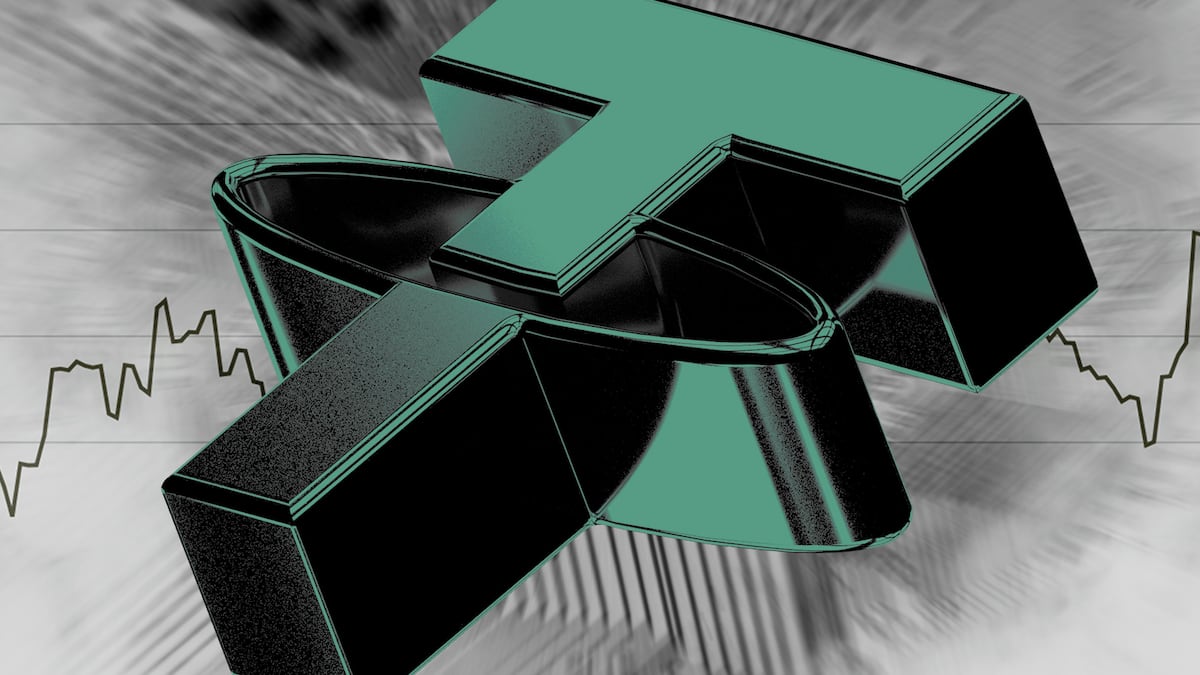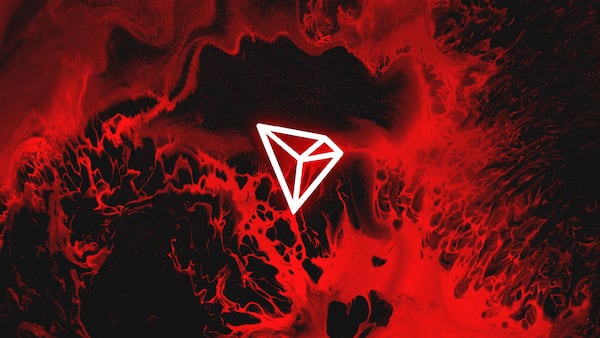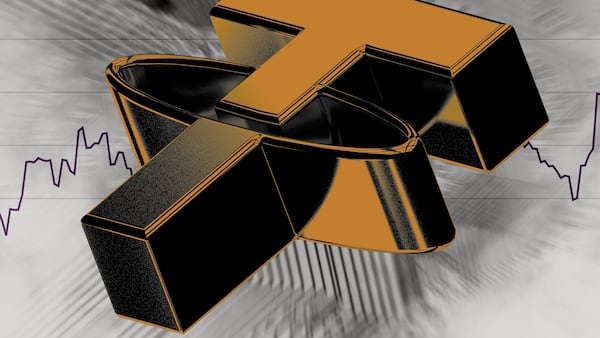- New stablecoin creation in accelerating.
- Tether's USDT has lead the inflows over the past week, adding 2.4 billion to its supply.
- Smaller stablecoins, such as First Digital USD and Ethena USDe, are also proving popular.
The supply of stablecoins circulating on blockchains is increasing, with investors adding $4.2 billion worth of dollar-pegged cryptocurrencies since the start of the month.
April 2 was the biggest day for stablecoin inflows with $1.38 billion worth added, data from DefiLlama shows. It’s the biggest single-day increase since March 11 2023.
The rate of new stablecoin creation is now at its highest level since early 2022, and it’s showing no signs of slowing.
Stablecoins, such as Tether’s USDT and Circle’s USDC, are created and issued by centralised firms. An investor can send a stablecoin issuer US dollars through the traditional banking system and receive an equivalent amount of stablecoins onchain.
While USDT and USDC operate like this, there are other ways to create stablecoins. DeFi protocols like Ethena allow registered users to deposit assets such as Lido staked Ether and Wrapped Bitcoin to create the protocol’s USDe stablecoin.
Increases in the stablecoin supply are often viewed as a bullish signal. This is because investors usually create new stablecoins as a starting point to buy other cryptocurrencies, or to use in DeFi.
Tether dominates new stablecoin demand
Of the $4.2 billion worth of new stablecoins created so far in April, 2.4 billion were from Tether. It’s currently the biggest stablecoin issuer with over 107 billion of its USDT stablecoin in circulation.
The majority of the new USDT were issued on Tron. The network now accounts for over 56 billion USDT.
Circle’s USDC, the second-biggest stablecoin with 31.9 billion in circulation remained comparatively flat, adding just 0.7% to its circulating supply.
The recent disparity between USDT and USDC is representative of a longer-running trend. In July 2022, USDC came close to overtaking USDT, after the latter briefly slipped below its dollar peg.
But USDT was able to recover. Ever since then, the gap between the top two stablecoins has widened.
Ethena USDe and First Digital USD prove popular
Amid the sector wide increase, two stablecoins in particular have stood out.
First Digital USD, a centralised stablecoin similar to USDC and USDT, grew its circulating supply by $1 billion since the start of the month, a 42% increase.
So-called launchpools on crypto exchange Binance are one of the main contributors to the success of First Digital USD — or FDUSD.
Binance lets users deposit FDUSD and BNB into its launchpools to receive an allocation of newly launched tokens.
The most recent launchpool was for the Saga blockchain. According to the Binance website, users have deposited more than $2.8 billion FDUSD into the Saga launchpool.
The increased demand for stablecoins is also showing in Ethena Labs’ flagship product USDe. Ethena users have created 620 million USDe since the start of the month, bringing the total number of USDe in circulation to almost $2.2 billion.
USDe is different from centralised dollar-pegged cryptocurrencies like USDT. Instead of holding dollars or dollar-equivalent assets like Treasury bills to back its stablecoin, Ethena uses futures contracts.
Users can deposit Ether to the Ethena protocol to create USDe roughly equivalent to the value of the Ether at the time of the deposit. When users deposit Ether, Ethena takes out a short position — a bearish bet — on an equivalent amount of Ether to the user’s deposit.
This creates what’s called a delta-neutral position — meaning that its value should remain constant regardless of if the price of Ether rises or falls. At the same time, USDe holders can stake it to earn yield from the funding rate from Ethena’s short positions and staking yield from deposited Ether.
Users can currently earn a 37% yearly return on USDe by staking it.
Tim Craig is DL News’ Edinburgh-based DeFi Correspondent. Reach out with tips at tim@dlnews.com.









